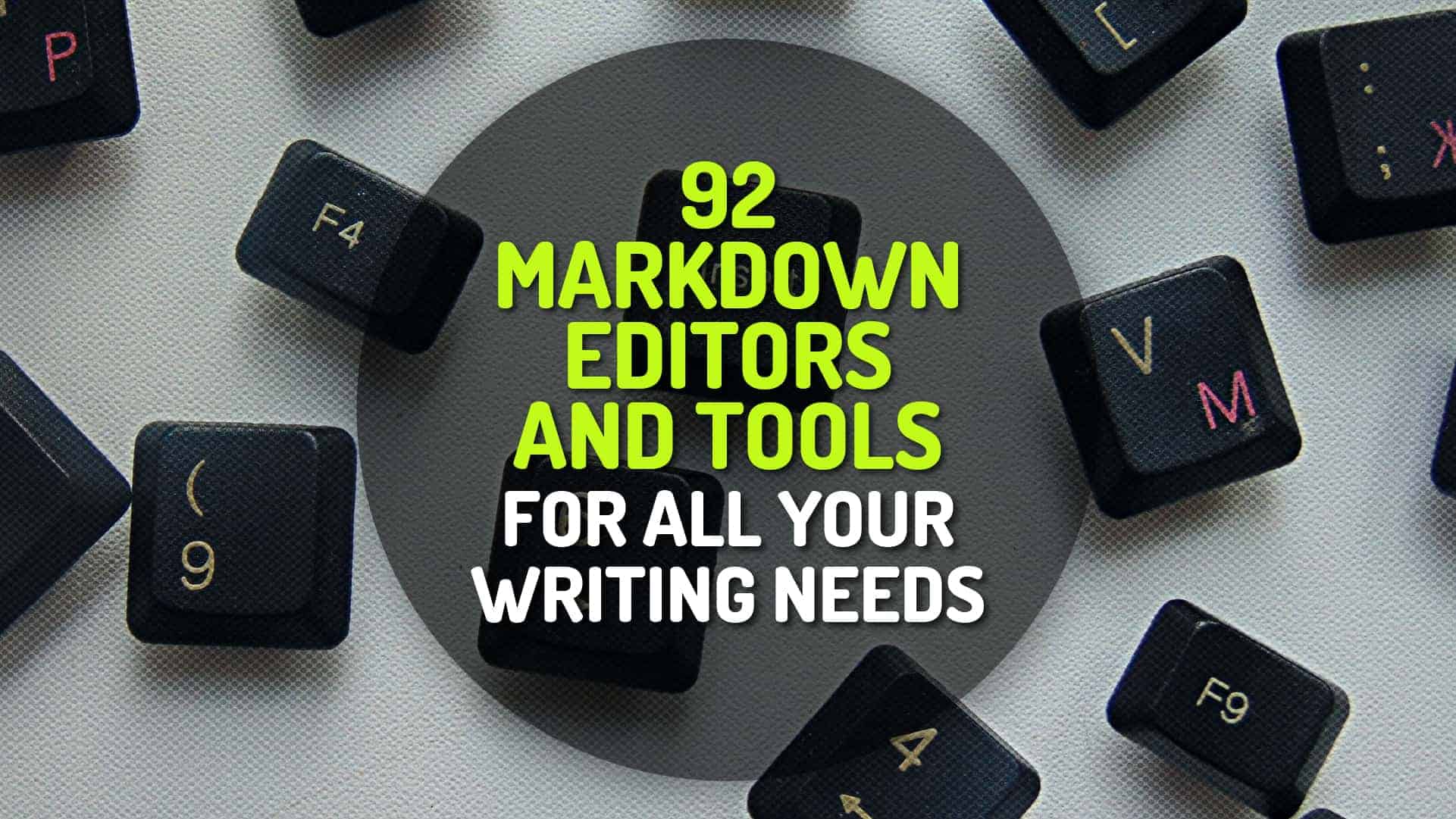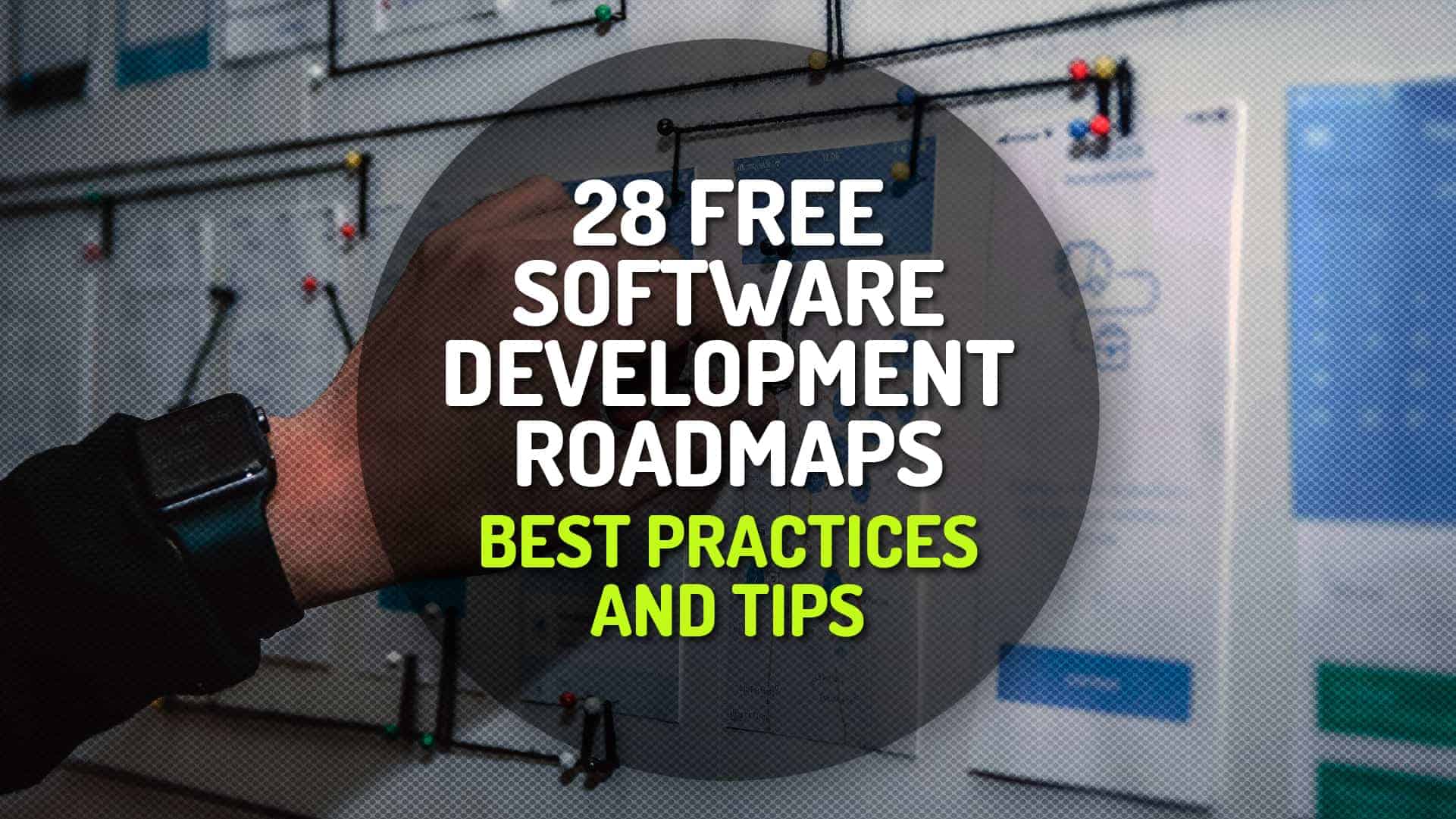I’m going to begin with a bit of a warning. This is the kind of book that still requires some work on the part of the reader to translate into practical action. In other words, this isn’t a handbook. There’s nothing resembling an off-the-shelf solution here. Parts of this book probably belong in other, even more philosophical works. As the fictional author Lemony Snicket says in A Series of Unfortunate Events, if you keep reading,then don’t say I didn’t warn you.
For those still with me, then I hope you find this a useful book. It’s the kind of thing I wished someone had written for me to read several years ago. When I began writing this after completing my doctoral studies, my aim was to create a book of ~10,000 words to summarise my thesis. It was going to be a primer, a more accessible way for educators to get to grips with digital literacies. As so often happens with these kinds of things, it’s taken longer to finish than I expected and the word count has doubled!
Along the way, I hope that this book has turned into something even more useful. I see it as the raw material from which you can start thinking about what digital literacies might mean in your context. That may be part of a personal journey. It may be that your organisation has staff needing to update their digital skills. It might be an educational institution looking to develop digital literacies in their students. Whatever you’re looking to do, my aim is for this book to leave you asking the right questions. I can’t provide the specific answers you’re looking for as I don’t know your context. However, I hope that, whenever you’re prompted by the following chapters, you’ll jot down some of the ideas that come into your head.





